Maui, being a tropical island with varied landscapes and weather patterns, is known for its diverse range of cloud formations. The unique combination of geographical features, prevailing winds, and temperature variations contribute to the formation of different cloud types. Here are a few reasons why there are so many different types of clouds in Maui:
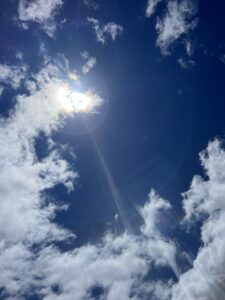
Trade Winds: Maui experiences the trade winds, which are prevailing winds that blow from the northeast. These winds encounter the island’s topography, causing them to rise and cool, leading to cloud formation. As the trade winds interact with different landforms, such as mountains and valleys, they create variations in air pressure and temperature, resulting in various cloud types.
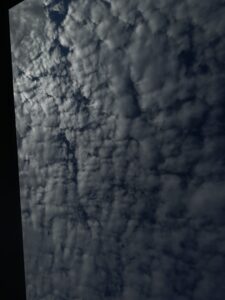
Orographic Lifting: Maui’s topography features mountains, including the West Maui Mountains and Haleakala, a dormant volcano. When the trade winds encounter these elevated landforms, the air is forced to rise, leading to orographic lifting. As the air rises, it cools, and the moisture in it condenses, forming clouds. The unique mountainous terrain of Maui enhances the development of orographic clouds.
 Temperature Variations: Maui has a range of microclimates due to different elevations and coastal areas. The temperatures can vary significantly from sea level to higher altitudes. These temperature variations play a crucial role in cloud formation. As warm, moist air rises and encounters cooler air at higher elevations, it cools and condenses, resulting in cloud formation. The different temperature gradients across the island contribute to the formation of diverse cloud types.
Temperature Variations: Maui has a range of microclimates due to different elevations and coastal areas. The temperatures can vary significantly from sea level to higher altitudes. These temperature variations play a crucial role in cloud formation. As warm, moist air rises and encounters cooler air at higher elevations, it cools and condenses, resulting in cloud formation. The different temperature gradients across the island contribute to the formation of diverse cloud types.
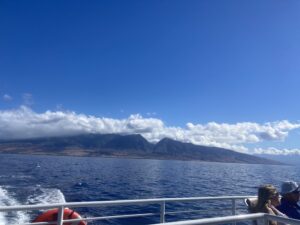
Ocean Influence: Maui is surrounded by the vast expanse of the Pacific Ocean, which acts as a moisture source for cloud formation. The warm ocean water evaporates, and the moisture-laden air is carried by the trade winds towards the island. When this warm, moist air encounters the cooler air over the island, it creates favorable conditions for cloud development.
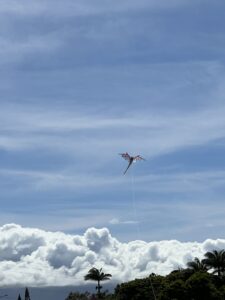
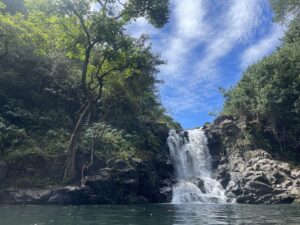
Convection: Solar heating during the day can lead to convective currents, where warm air rises and cool air descends. These convective currents contribute to the formation of cumulus clouds, which are characterized by their puffy, cauliflower-like appearance. The convective activity, coupled with other atmospheric factors, can lead to the formation of thunderstorms and towering cumulonimbus clouds.
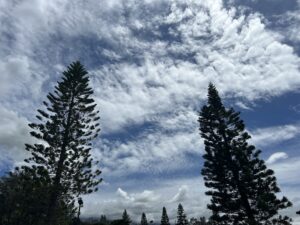

It’s worth noting that Maui’s cloud formations can vary throughout the day and across different regions of the island. Clouds can range from fluffy cumulus clouds over the mountains to stratocumulus or nimbostratus clouds over the ocean. The interplay of various atmospheric and geographical factors creates the diverse array of cloud types observed in Maui.


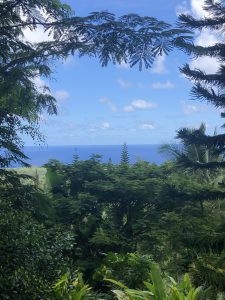
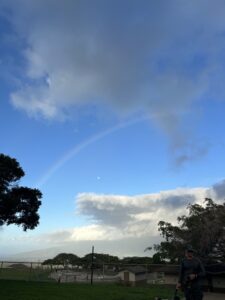
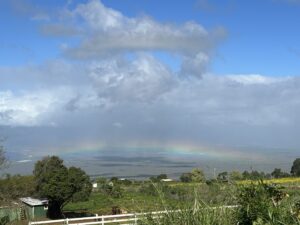

Unlike on the mainland, cloud formations on Maui do not necessarily mean “a storm is coming” or “It’s gona rain”. When visitors mention these type of phrases I often say, “It’s gona rain somewhere on the island, but probably not here”.
